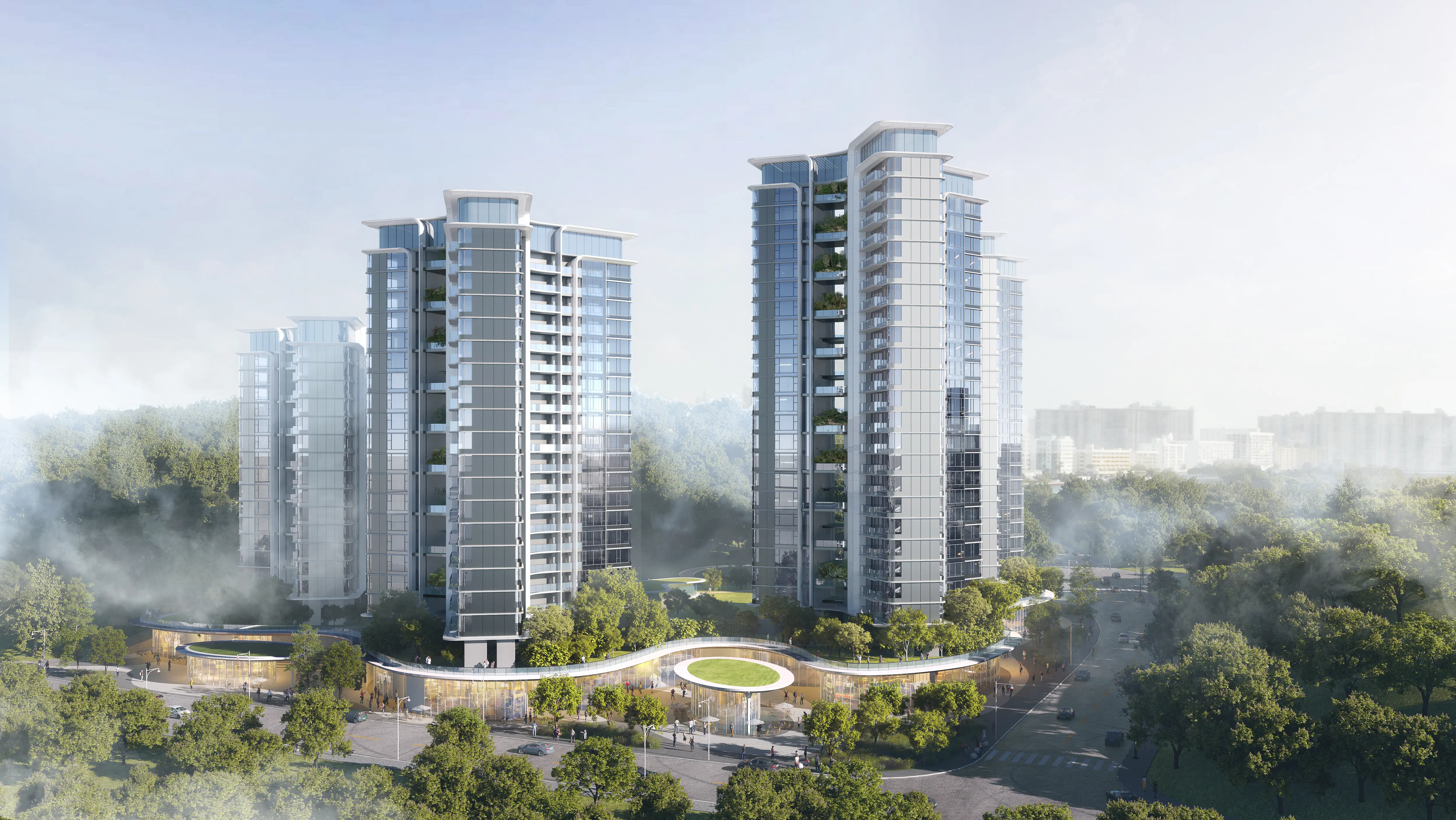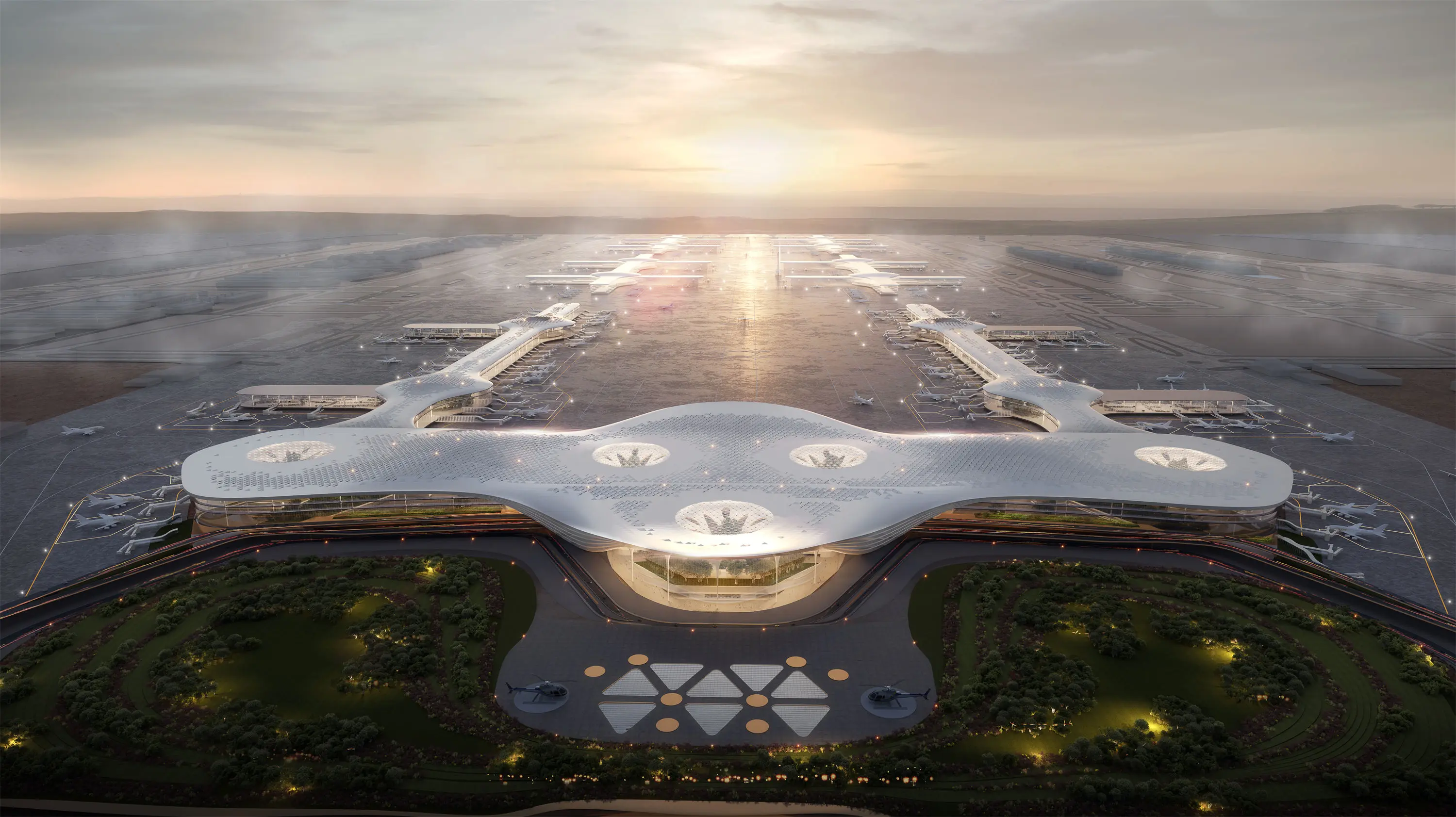What are the specific applications of BIM model in the operation and maintenance stage
BIM model has the following specific applications in the operation and maintenance stage:
Equipment management
Information integration: The basic information of the equipment (such as model, specification, manufacturer, etc.), installation position, and maintenance records are integrated into the BIM model to form a digital file of the equipment. Operation and maintenance personnel can quickly obtain detailed information by clicking on equipment components in the model, which is convenient for daily management and maintenance of equipment.
Equipment positioning and navigation: In large buildings or complex facilities, with the 3D positioning function of BIM model, operation and maintenance personnel can quickly locate the location of equipment, plan the best inspection and maintenance routes, and improve operation and maintenance efficiency.
Equipment monitoring and early warning: The BIM model is combined with the Internet of Things technology to monitor the operating status of the equipment (such as temperature, pressure, energy consumption, etc.) in real time. When the device is abnormal, the system automatically alarms and visually displays the fault location and related information on the BIM model to help operation and maintenance personnel handle the fault in a timely manner.
Space management
Spatial information query: The BIM model clearly displays the layout, area, function and other information of each space in the building. It is convenient for property management personnel to reasonably plan space utilization, such as adjusting the layout of office areas, planning parking Spaces, etc.
Space use analysis: Analyze the actual use of space, such as personnel flow, equipment occupation, etc., to provide a basis for space optimization. For example, according to the personnel density and frequency of use in different areas, reasonable adjustment of air conditioning, lighting and other equipment operating parameters to achieve energy saving and consumption reduction.

Emergency evacuation simulation: Use BIM model to conduct emergency evacuation simulation to determine the best evacuation route and safety exit location. In the event of fire, earthquake and other emergencies, provide scientific guidance for personnel evacuation and improve emergency response capabilities.
Maintenance management
Making maintenance plan: Make a reasonable maintenance plan according to the operating status and maintenance cycle of the equipment and the information in the BIM model. Clear maintenance content, maintenance time and maintenance personnel arrangement to ensure the normal operation of equipment.
Maintenance process simulation: Before complex maintenance work, BIM model is used to simulate the maintenance process, so as to find possible problems in advance and formulate countermeasures. For example, the process of disassembling and transporting large equipment is simulated to avoid damage to surrounding facilities.
Maintenance records and traceability: Record the time, content, maintenance personnel and other information of each maintenance in the BIM model to form a complete maintenance history file. It is convenient for follow-up query and statistical analysis, and provides reference for equipment updating and transformation.
Energy consumption management
Energy consumption monitoring and analysis: BIM model is integrated with energy consumption monitoring system, real-time collection of building energy consumption data (such as electricity, water, gas, etc.), and visual display of energy consumption distribution on the model. Through the analysis of energy consumption data, the areas and equipment with high energy consumption are found out, and the basis for energy saving transformation is provided.
Energy-saving scheme optimization: Simulation and optimization of energy-saving scheme based on BIM model. For example, by adjusting the building envelope structure, optimizing the operation mode of the air conditioning system and other measures, the energy-saving effect is predicted and the optimal energy-saving scheme is selected.
Asset management
Asset inventory management: Based on the BIM model, the asset inventory of the building is established, including the detailed information of the building structure, equipment and facilities, furniture and other assets. Realize the information management of assets, and facilitate the inventory, inventory and statistics of assets.
Asset depreciation and evaluation: According to the useful life of the asset, maintenance and other factors, combined with the information in the BIM model, the depreciation calculation and value evaluation of the asset. It provides decision basis for asset renewal and disposal.
Document management
Drawing and document integration: The architectural Design drawings, construction drawings, equipment specifications, completion acceptance reports and other documents are associated with the BIM model to achieve centralized management and rapid retrieval of documents. The operation and maintenance personnel can easily consult the relevant documentation through the model when needed.
Documentation update and maintenance: As buildings are used and renovated, relevant documentation needs to be updated. With BIM model as the core, to ensure the consistency of documents and models, to ensure the accuracy and integrity of information in the operation and maintenance stage.


